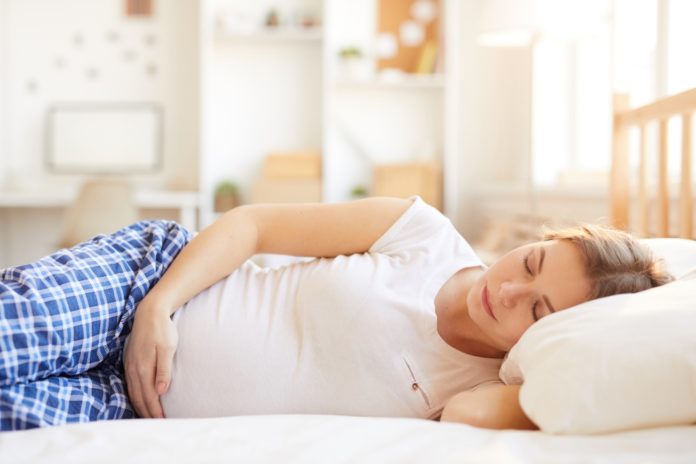Pregnancy is a special season in life, full of excitement and new beginnings. With all of this excitement also comes a fair amount of stress and worry. Knowing what to expect as you embark on this new journey will help you to be able to handle what lies ahead while putting your fears to rest. Here is what you can expect in each trimester of pregnancy.
First Trimester
The first trimester lasts from the time of conception until the 13th week of pregnancy. While you may not notice any visible changes during the first trimester of pregnancy, your body is working extra hard to grow a new life.
The first trimester is vital for the proper development of the growing fetus, putting a large strain on the mother’s body.
One of the first signs of pregnancy is sore and tender breasts. You may also notice that you are easily fatigued and need to rest more often. Other symptoms include headaches and constipation as the body adjusts to the massive changes that are taking place.
Many women also experience the dreaded morning sickness starting at about five weeks. This ongoing nausea is a result of the surge of hormones that takes place when the body recognizes that it is pregnant.
It is important to note that the sickness does not always take place during the morning. Some women experience the nausea and vomiting all day long while others may only feel ill in the afternoon or evening hours.
Most doctors will want to see you for your first appointment at about the 6-8 week mark in the pregnancy. By the end of the third month, all of the vital organ functions will have been developed.
Second Trimester
Lasting between the 14th week and the 27th week of pregnancy, the second trimester is when most women will begin to notice visible changes to the body. This is the period in which the new moms report feeling the most comfortable.
While most women will begin to see morning sickness symptoms ease during this period, it is not uncommon to experience leg cramps, backaches, or heartburn as the body continues to expand.
The second semester is when you are likely to feel the baby move for the first time. This usually happens around the 20-week mark and can be best described as a popping feeling or butterflies in the lower abdomen.
Most healthcare provides will perform an anatomy scan between 18-22 weeks to ensure that everything is developing properly. This is when you will be able to discern the gender of the baby.
Third Trimester
You are now in the home stretch of the pregnancy. The third trimester is defined as the period between 28 and 40 weeks. You will now begin to see your doctor more frequently as you near the due date.
During these visits, you can expect to have your blood pressure and the levels of protein in your urine checked frequently.
As your waistline continues to expand, you may also take on more water weight. This may manifest itself in excessive swelling of the feet and hands. Around the 36-week mark, your physician will perform a group B strep test.
Post-Partum
Even though the baby is here, it does not mean that your body is done changing. It is important to respect that it took nine months to grow this baby and it will take just as long to get back to your normal physical state.
Shortly after birth, the breasts will become engorged with milk. You also should not be alarmed if you experience bleeding and cramps for some time after delivery. This is all normal.
One of the most common problems during the post-partum phase is the issue of a diastasis recti. You are not alone if you do not know what is diastasis recti.
This condition happens when the abdominal walls separate, causing damage to the connective tissue in this area of the body. While it can happen at any point in the pregnancy, it is most likely to occur in the later stages or following birth.
Empowering yourself with the right knowledge will ensure that your journey to motherhood is as smooth as possible.
You can find much more information on living a holistic lifestyle in these free magazines and on our YouTube channel.
Author Bio:
Samantha Higgins is a professional writer with a passion for research, observation, and innovation. She is nurturing a growing family of twin boys in Portland, Oregon with her husband. She loves kayaking and reading creative non-fiction. If you are wondering more about what diastasis recti is and how to fix it consider getting help at Every Mother.






